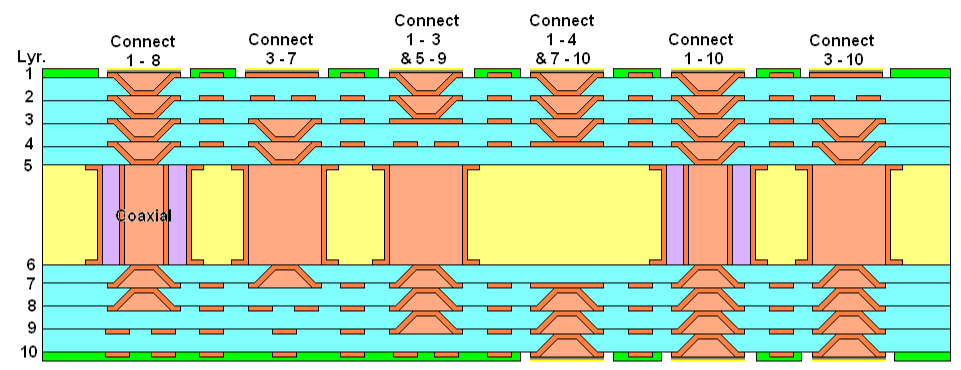Controlled Impedance PCBs
- Nujay Technologies
- Jun 30, 2019
- 3 min read
Controlled Impedance PCBs are becoming common now a days due to the increase in the demand of high speed Video, USB Interface, Ethernet interface and wireless communications. Controlled Impedance boards have been manufactured since the early 80s but with the increase in the sophistication of modern electronics the requirement of precision manufacturing with tight tolerance has increased.
What is Impedance?
Impedance is a type of resistance offered by the electronic circuit to the Alternating Current (AC). Impedance is a more general term for resistance that also includes reactance. Resistance is the opposition to a steady electric current. Pure resistance does not change with frequency. Reactance, however, is a measure of Direct Current (DC) the type of opposition to AC electricity due to capacitance or inductance.

This opposition varies with frequency. For example, a capacitor only allows DC current to flow for a short while until it's charged; at that point, current will stop flowing and it will look like an open circuit. However, if a very high frequency is put across that capacitor (a signal that has a voltage which is changing very quickly back and forth), the capacitor will look like a short circuit. The capacitor has a reactance which is inversely proportional to frequency. An inductor has a reactance which is directly proportional to frequency -- DC flows through easily while high-frequency AC is stopped. Impedance is the total contribution of both -- resistance and reactance. This is important for AC analysis and design.
Why do we need controlled impedance?
We need controlled impedance because the function of a wire or trace is to transfer signal power. Maximum signal power is achieved with matching impedance. The same considerations apply to signal transfer through traces on a PCB. When board traces carry high frequency signals, care must be taken to design traces matching the impedance of the driver and receiver devices. The longer the trace or the higher the frequencies, the higher the need to control the trace impedance.
Which factors determine the impedance in PCBs?
The Following factors determine the impedance of electronic circuits;

Height of Trace (T1)
Width of Trace at the top (W2)
Width of the trace at bottom (W1)
Distance of other copper features on the same signal layer or different layer (H1)
Dielectric constant of PCB Material (Er1)
The impedance value calculation can be complex but fortunately for available computer programs PCB design engineers can attain PCB design criteria very quickly.
The most typical impedance we see from our customers are 50, 75 and 100 ohms. The typical tolerance is +/- 10%. However, we have seen some boards with requirements of +/- 5%.
Quality Assurance of Controlled Impedance:
Impedance measurements are usually made with a time domain reflectometer (TDR). Most controlled impedance PCBs undergo 100% testing. However, it's not uncommon for
the actual PCB traces to be inaccessible for testing. In addition, traces may be too short for

accurate measurement and may include branches and vias which would also make exact impedance measurements difficult. PCB testing is therefore normally performed, not on the PCB itself, but on one or two test coupons integrated into the PCB panel. The coupon is of the same layer and trace construction as the main PCB and includes traces with precisely the same impedance as those on the PCB, so testing the coupon affords a high degree of confidence that the board impedances will be correct.




Comments